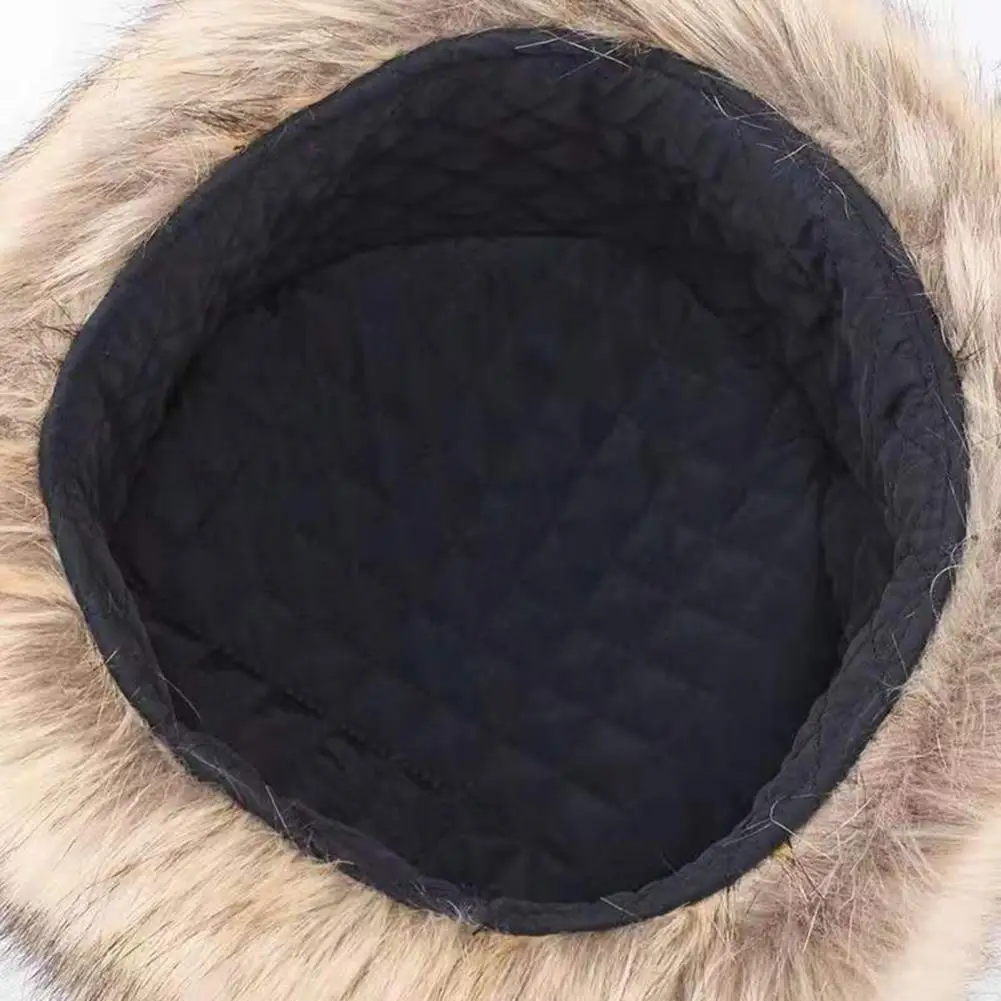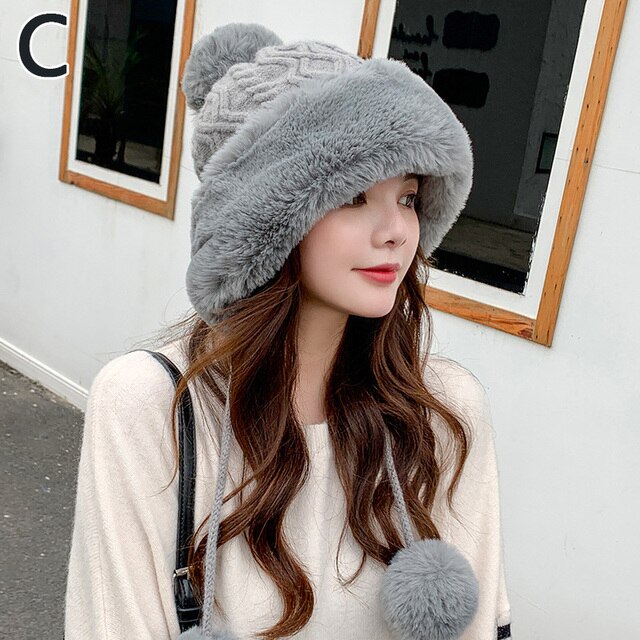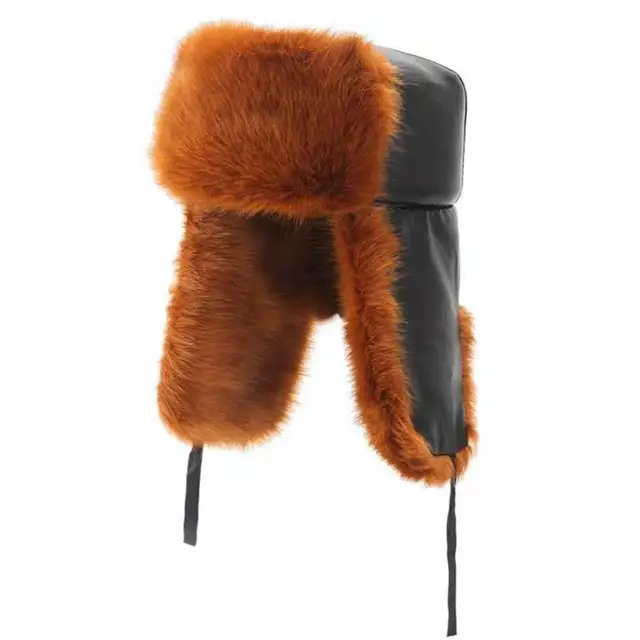
As the cold winds of winter sweep in, staying cozy becomes a top priority. But why settle for basic beanies and scarves when you can elevate your winter wardrobe with a timeless classic: the trapper hat? Known for its unmatched warmth and iconic design, this is a must-have accessory for anyone braving the chill this season.
Whether you’re heading out for a snowy hike, a festive market stroll, or simply want to make a bold fashion statement, these combine style, functionality, and history in one cozy package. From their rugged beginnings in the Arctic to their status as a modern winter trend, these hats have evolved to suit everyone’s needs, offering unparalleled protection from the elements.
In this guide, we’ll explore everything you need to know —why they’re essential, how they became a winter staple, and most importantly, where you can shop the best options this season. Don’t miss out on these exclusive links to top-quality caps that are perfect for gifting or treating yourself. Winter is calling—gear up in style!
A Rich History of Trapper Hats
Origins in the Arctic and Siberian Wilderness
The trapper hat’s journey starts in the Arctic regions and Siberian wilderness, where survival against the bitter cold was paramount. Indigenous communities and early fur trappers designed hats to keep their heads, ears, and necks warm in extreme subzero conditions. Using animal pelts like wolf, fox, and beaver, they crafted hats with ear flaps to shield against harsh winds and snow. These were prized for their practicality, offering warmth and protection during grueling winters.
Adoption by Russian Military: Ushanka Revolution
The iconic design gained prominence in Russia, where it was refined into the “ushanka.” The name “ushanka” comes from the Russian word ushi, meaning “ears,” a nod to the hat’s signature earflaps. By the early 20th century, ushankas became a staple in Russian military uniforms. Soldiers relied on their thick fur linings and windproof flaps to endure Siberian winters during World War II.
The ushanka became synonymous with resilience and adaptability, representing the grit of Soviet soldiers battling in one of the coldest climates on Earth. Its practical design and symbolic significance later inspired similar styles across Eastern Europe and beyond.
Expansion to North America: The Trapper Hat Era
As fur trapping became a significant industry in North America during the 18th and 19th centuries, these took on new life. Early frontiersmen and fur traders in Canada and the northern United States adapted the design, using locally sourced animal pelts to craft their hats. These hats were not just accessories but essential survival tools, often paired with other fur-lined clothing for full protection.
By the mid-20th century, these had become widely recognized across North America. While its association with fur trapping remained strong, its practicality led to widespread use among outdoor workers, sports enthusiasts, and adventurers.
The Rise of Faux Fur and Modern Fashion
In the latter half of the 20th century, these began to transition from utility to fashion. As synthetic materials like faux fur gained popularity, manufacturers started producing caps that maintained their signature warmth while appealing to an eco-conscious audience.
High-fashion designers also took note, incorporating it into runway shows and seasonal collections. Celebrities and influencers embraced the trend, elevating from a rural necessity to a chic, urban accessory.
Today, this is a winter wardrobe staple, beloved for its timeless design and unbeatable warmth. From the snowy streets of New York to the slopes of the Alps, this has firmly established itself as a global icon of style and functionality.
Cultural Impact: A Symbol of Strength and Style
Beyond its practical uses, this has also become a cultural symbol. In Russia, the ushanka remains a proud emblem of heritage, appearing in films, literature, and even as a souvenir for tourists. In North America, it represents the rugged spirit of frontiersmen and the perseverance of outdoor workers.
In recent years, its versatility and aesthetic appeal have cemented its place in modern pop culture, with everyone from fashion bloggers to athletes sporting during winter seasons.
The Future of Trapper Hats
As fashion continues to embrace sustainability, this is poised to remain a staple for years to come. Designers are experimenting with eco-friendly materials, bold patterns, and innovative designs that blend heritage with modern sensibilities. Whether you prefer a classic faux fur version or a contemporary take, the legacy as a functional and stylish accessory is sure to endure.
Why Choose a Trapper Hat? The Benefits Explained
Trapper hats aren’t just about looking good; they offer a host of practical benefits that make them a worthwhile investment for your winter closet. Here’s why you should add one to your collection:
1. Superior Warmth
Winter weather can be unforgiving, and these are specifically designed to combat the cold. The ear flaps and fully-lined interiors provide insulation that keeps your head, ears, and cheeks warm even in sub-zero temperatures.
2. Classic Style Meets Versatility
These have an enduring charm that blends vintage aesthetics with contemporary trends. They’re available in various colors, patterns, and materials, allowing you to find one that suits your unique style.
3. Practical for All Weather
The versatility of these makes them perfect for snowy hikes, skiing adventures, or even casual city strolls. The adjustable ear flaps can be tied up for less severe weather or down for extra protection against wind and snow.
4. Eco-Friendly Options
For the environmentally conscious, modern headwear often feature faux fur that mimics the look and feel of traditional fur, providing cruelty-free alternatives without sacrificing quality or warmth.
5. Durable Design
These are built to last. High-quality stitching, premium fabrics, and durable linings ensure they withstand the test of time, even with regular use in tough conditions.
6. Unisex Appeal
A bonus? These are equally stylish for men and women. They’re a timeless accessory that transcends gender and age, making them an ideal gift for loved ones.
Shop the Best Trapper Hats: Your Ultimate Links
Now that you’re convinced of the many benefits of it, it’s time to explore where you can buy the season’s top picks. Below are some curated links to help you find the perfect for yourself or as a gift.
1. Trapper Time General Store
If you’re looking for a one-stop shop for all things, visit Trapper Time. This site offers a wide range of styles, from traditional designs to modern updates, ensuring there’s something for everyone.
2. Faux Fur Trapper Hats
For eco-conscious shoppers, these are the perfect pick. These hats combine warmth, sustainability, and style, making them a guilt-free addition to your winter wardrobe. Order here now!
3. Trapper Hats for Men
Men can embrace their rugged side with the durable and practical options available at Trapper Hats for Men. These hats are designed with a masculine edge while maintaining top-tier functionality.
4. Trapper Hats for Women
From neutral tones to bold designs, this collection caters to women who value warmth and elegance in equal measure. Add to cart now!
How to Style Trapper Hats: Chic Looks for Every Occasion
These aren’t just about staying warm—they’re a versatile accessory that can complement a variety of outfits. Whether you’re aiming for a rugged outdoor look or adding a touch of cozy charm to a chic ensemble, these are your go-to for winter styling. Here’s how you can rock this classic hat in style:
1. Classic Winter Adventure Look
Pair it with a durable parka or puffer jacket, thermal leggings, and insulated snow boots for an effortlessly outdoorsy vibe. Perfect for snowy hikes or casual winter strolls, this look focuses on comfort and functionality without sacrificing style.
Pro Tip: Opt for a neutral-toned hat, like black or brown, to match a variety of outerwear. Check out this trapper hat for men for a classic yet rugged touch.
2. Urban Chic Ensemble
Bring it into the city by pairing it with a wool coat, skinny jeans, and ankle boots. Add a plaid scarf for a trendy, layered look that keeps you warm while navigating urban streets. This mix of sophistication and comfort is ideal for running errands or meeting friends for coffee.
Pro Tip: A faux fur cap, like this stylish essential – Shop now!, adds a luxurious edge to your outfit.
3. Cozy Cabin Retreat
Heading for a weekend getaway in the mountains? Pair it with a chunky knit sweater, fleece-lined leggings, and fuzzy socks. Add a pair of shearling boots for an ultra-cozy aesthetic that’s perfect for sitting by the fire or enjoying outdoor activities.
Pro Tip: Earthy tones like tan or olive green hats complement the rustic, laid-back vibe of cabin fashion.
4. Bold and Modern Statement
These aren’t just practical—they’re a bold fashion statement. Elevate your look by combining a brightly colored or patterned with a tailored coat and combat boots. This edgy style is perfect for turning heads while staying warm.
Pro Tip: Look for contemporary designs with faux fur linings, like this stylish women’s trapper hat to add a playful twist to your outfit.
5. Après-Ski Glam
After a day on the slopes, keep the winter wonderland theme going paired with a sleek ski jacket, leggings, and snow boots. Add mirrored sunglasses for that extra touch of glam that’s perfect for sipping hot cocoa at the lodge.
Pro Tip: Choose a white or light-colored to complement the snowy backdrop and create a chic alpine look.
6. Everyday Casual Comfort
For casual errands or a quick walk around town, pair it with a sweatshirt, joggers, and sneakers. This look is all about ease and warmth while still looking effortlessly put-together.
Pro Tip: A versatile cap in gray or navy will seamlessly blend with your athleisure wardrobe.
7. Evening Elegance with a Twist
Who says it can’t be dressy? Pair a sleek black hat with a long wool coat, heeled boots, and statement gloves for an elevated evening look. It’s a daring yet sophisticated way to stay warm during holiday outings or date nights.
Pro Tip: Faux fur accents, like those on this faux fur trapper hat, add an element of elegance to any ensemble.
Accessorizing Your Trapper Hat
- Scarves and Mittens: Stick to complementary colors for a cohesive look. Chunky knit scarves pair especially well.
- Boots: Whether you’re rocking hiking boots or sleek leather boots, your footwear can enhance the vibe of the outfit.
- Sunglasses: Mirrored or oversized sunglasses add a modern twist to your style.
- Layers: Play with textures by mixing wool, leather, and faux fur for a dynamic and stylish winter outfit.
Care Tips for Your Trapper Hat
To ensure your trapper hat remains in top condition for many winters to come, follow these simple care instructions:
- Cleaning: Most are spot-clean only. Use a damp cloth to wipe away dirt and stains. For faux fur, gently brush the fibers to restore their plushness.
- Drying: Never use a dryer or place your hat near direct heat. Instead, let it air dry naturally to prevent damage.
- Storage: Keep your hat in a cool, dry place during off-seasons to avoid moisture buildup or mildew.
Why Shop Trapper Hats Now?
The holiday shopping season is the ideal time to invest in winter accessories. Many retailers offer discounts, making it easier to snag high-quality at affordable prices. Additionally, shopping early ensures you’ll have access to the best designs before they sell out.
When you shop through the links provided in this guide, you’re guaranteed a seamless experience with top-notch products delivered right to your doorstep.
The Perfect Gift for the Holidays
These aren’t just for personal use—they make excellent holiday gifts for family and friends. Their practicality and timeless style ensure they’ll be appreciated by anyone, whether they’re outdoor enthusiasts or city dwellers. Pair a it with a cozy scarf or gloves for a thoughtful, winter-ready gift set.
Conclusion: Warmth Meets Style
These are more than just a winter accessory; they’re a statement of functionality, durability, and enduring fashion. Whether you’re braving the elements or simply looking to elevate your seasonal wardrobe, these hats check all the boxes.
This shopping season, take advantage of the curated links provided to find the perfect that matches your style and needs. Don’t let the cold catch you unprepared—invest in a trapper hat today and embrace winter in comfort and style.



